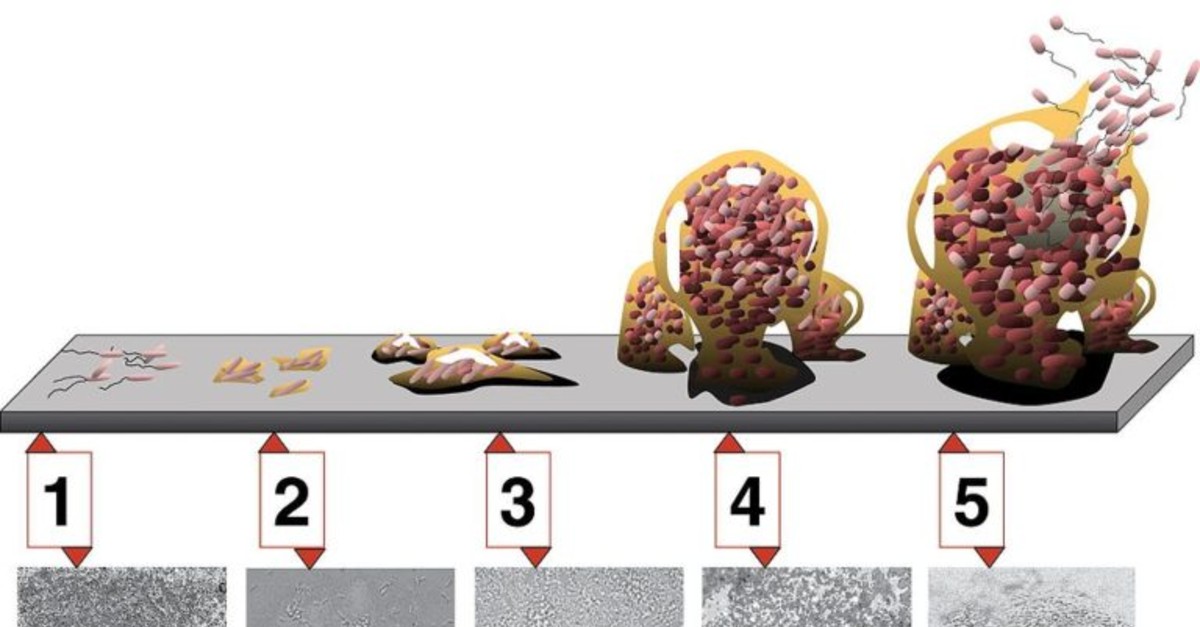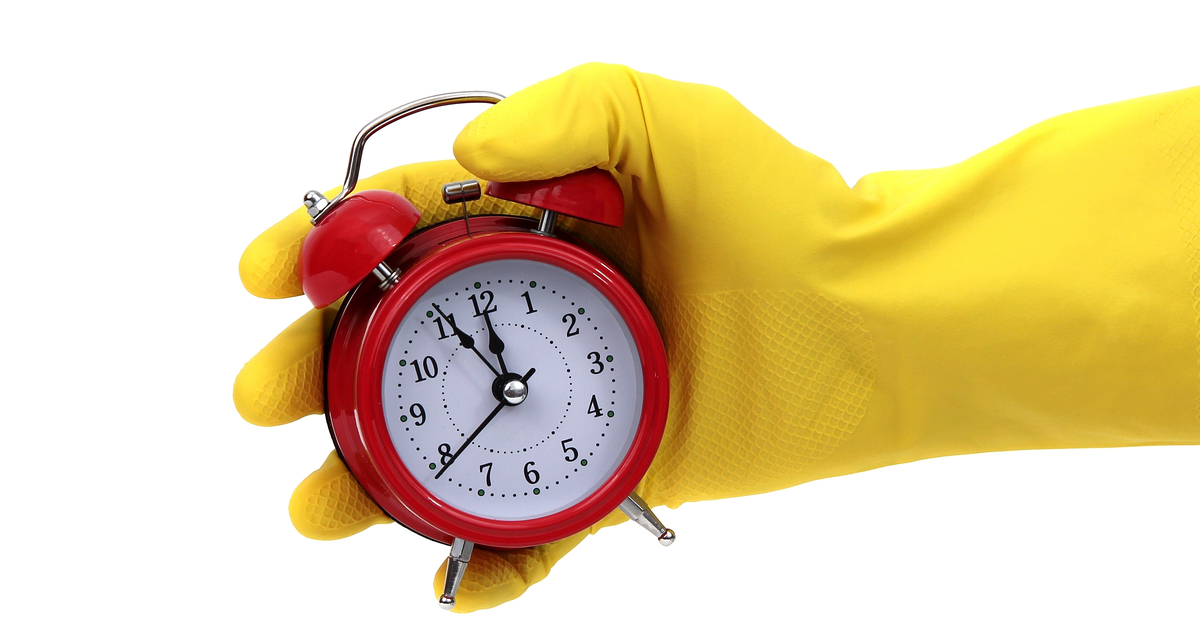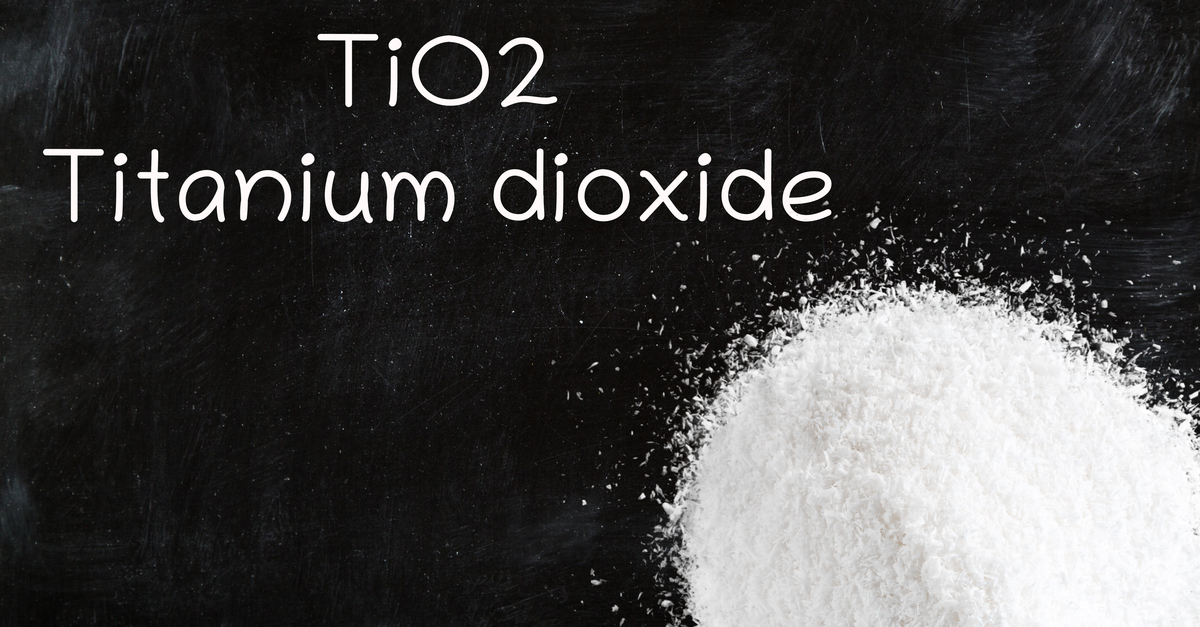Advanced Cleaning Mechanisms: How to remove biofilm
In order to “kill off” any microbial residue, a cleaning and removal of inanimate and organic matter is a must. This would follow with the disinfecting, “kill” step if you will, with an EPA registered disinfectant. To prepare for removal of biofilms on stainless steel via a registered disinfectant, use a two-step process of Solujet alkaline cleaner followed by Citrajet acidic cleaner. Or consider our highly effective enzymatic detergent for use in manual applications including scrubbing, soaking, sonciation or low agitation cleaning in place.
How to: Reduce Cleaning Time
Q. What can we do to reduce cleaning time? We want to be as optimal and thorough in our cleaning as possible.
A. At Alconox Inc we recognize that manual cleaning may take minutes, spray cleaning seconds, and soaking may take hours, possibly overnight, to achieve comparable cleanliness. Read more….
How To Clean MgF2 windows for chrome plating?
Q: How do you clean MgF2 windows for chrome plating? We would also like to use in our cleanroom on different kinds of glass types and ceramics.
A: To prepare magnesium fluoride (MgF2) for adhesion of chrome or other plating, a very clean surface is needed. Depending on what kinds of residues are expected, Alconox® Powdered Precision Cleaner and Liquinox® Critical Cleaning Liquid Detergent are great options. The choice of which detergent would be….
Cleaning Titanium Dioxide from Tanks
Residual titanium dioxide (TiO2) can certainly pose issues due to it’s nature in the presence of heat. To remove TiO2 from tanks using CIP sprayballs, it is important to use….
Disposal of Alconox, LLC Detergents
What is the proper way to dispose of your detergents? Detergent disposal in a proper manner is an integral part of a robust cleaning program regardless of scale or industry. Alconox, LLC detergents are biodegradable….




